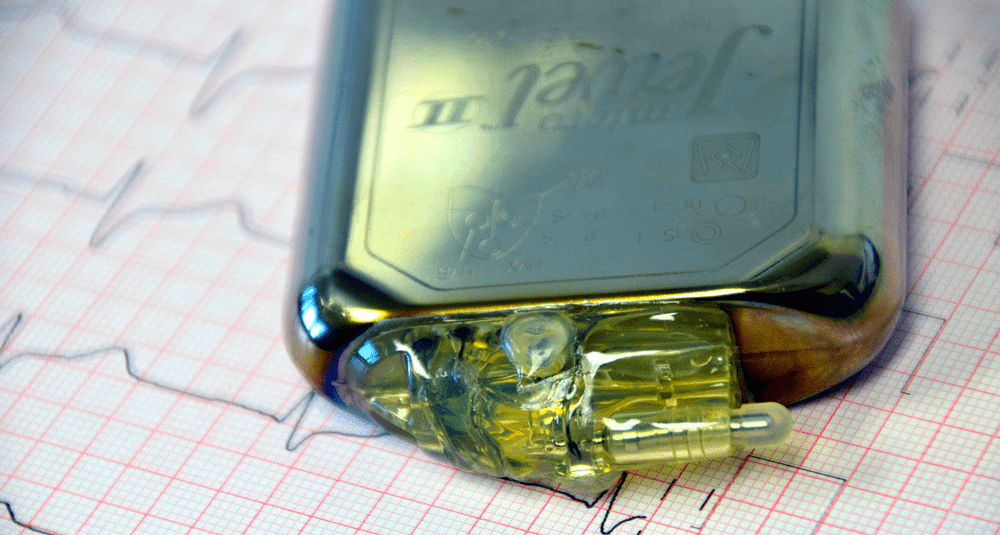When was the first pacemaker implanted?
Last Updated:
The pacemaker is a medical device that delivers regular electrical impulses to the heart to maintain an adequate heart rhythm. The history of its development is marked by significant advances over the course of the 20th century.
The idea of using electricity to stimulate the heart dates back to the late 18th century. In 1791, Italian physician Luigi Galvani demonstrated that electrical stimulation of a nerve caused contraction of the associated muscle, including the heart muscle. However, it wasn’t until the 20th century that practical devices were developed.
In 1950, Canadian electrical engineer John Hopps, in collaboration with University of Toronto doctors Wilfred Bigelow and John Callaghan, developed the first external pacemaker. Although revolutionary for its time, the device was bulky, measuring around 30 cm in height, and had to be plugged into the mains, limiting its portability and practical use.
The real revolution came on October 8, 1958, when Swedish surgeon Åke Senning implanted the first fully internal pacemaker in a patient named Arne Larsson, who was suffering from complete atrioventricular block. The device had been designed by engineer Rune Elmqvist and measured around 55 mm, the size of a field field hockey puck. Unfortunately, this first device only worked for six hours and had to be replaced by another that lasted only a week. Despite these initial difficulties, Arne Larsson survived until 2001, having benefited from 26 pacemakers over the course of his life.
The 1960s saw the advent of endocavitary leads, enabling less invasive implantation of electrodes directly into the heart chambers via a vein, eliminating the need for major surgery. This decade also saw the introduction of the first pacemakers with a listening function, capable of detecting the heart’s natural electrical activity and adapting accordingly.
In the 1970s, major advances were made with the introduction of pacemakers programmed by an external box using radio frequencies, as well as dual-chamber pacemakers, enabling synchronized stimulation of the atrium and ventricle to more closely mimic the heart’s natural contraction.
Today’s pacemakers are sophisticated, miniaturized devices with long-life batteries. They can be programmed to adapt to the specific needs of each patient, and are often equipped with advanced technologies to monitor and record cardiac activity, facilitating medical follow-up. These devices have transformed the management of heart rhythm disorders, offering a better quality of life to millions of people worldwide.
Åke Senning’s implantation of the first pacemaker in 1958 ushered in a new era in the treatment of heart disease. Since then, constant innovations in pacemaker design and functionality have saved countless lives, testifying to the crucial importance of collaboration between engineers and clinicians in the medical field.
sciences

When was the first pacemaker implanted?
Answer
The first fully implantable pacemaker was fitted on October 8, 1958 by Swedish surgeon Åke Senning to Arne Larsson in Sweden.